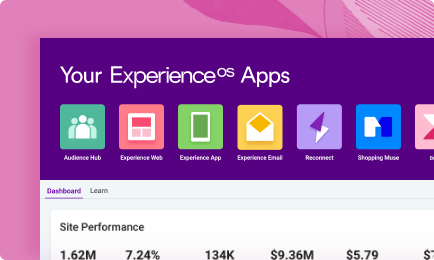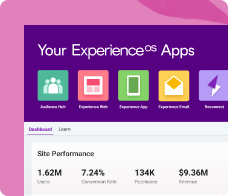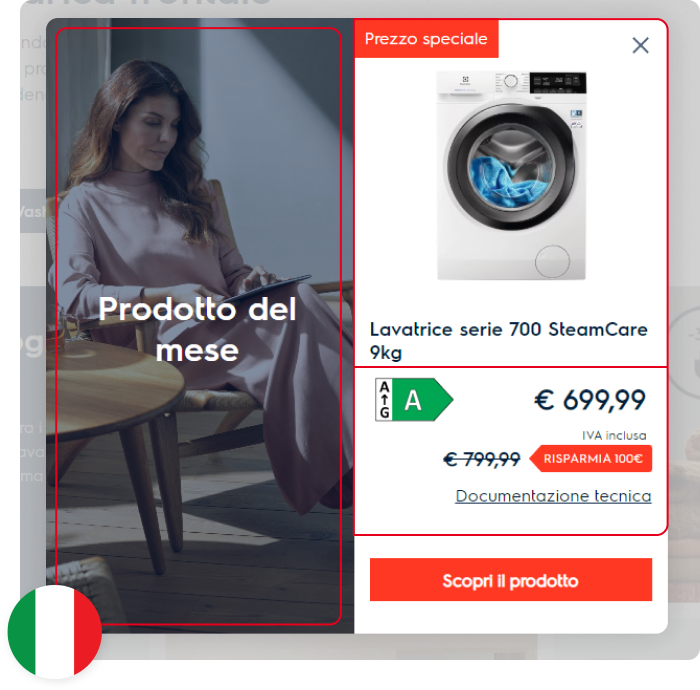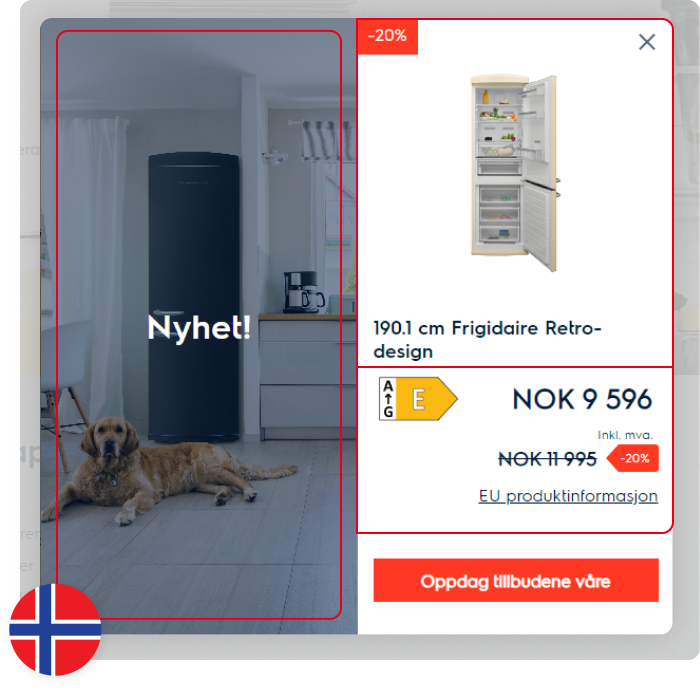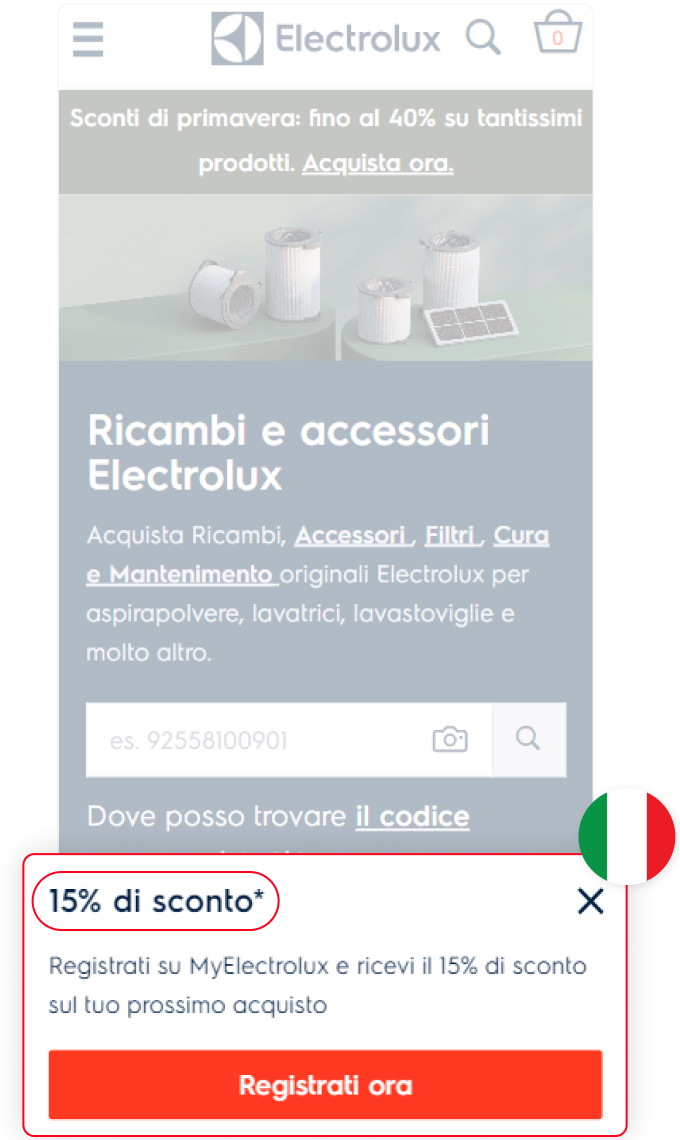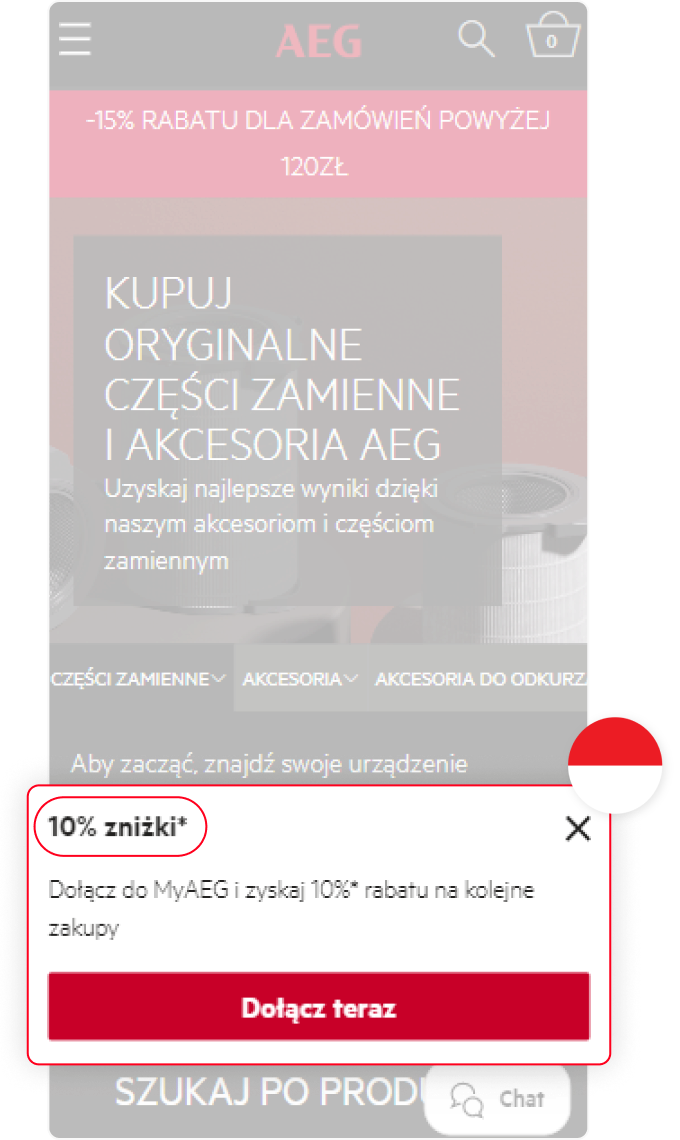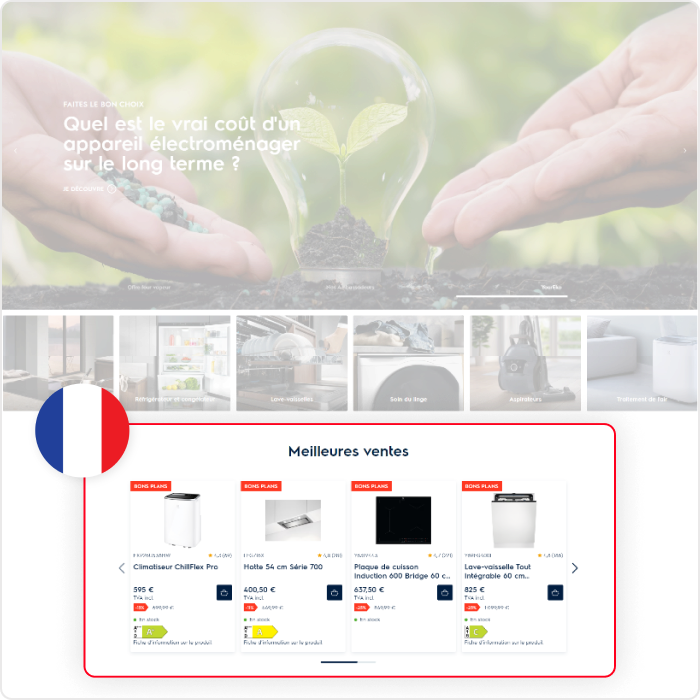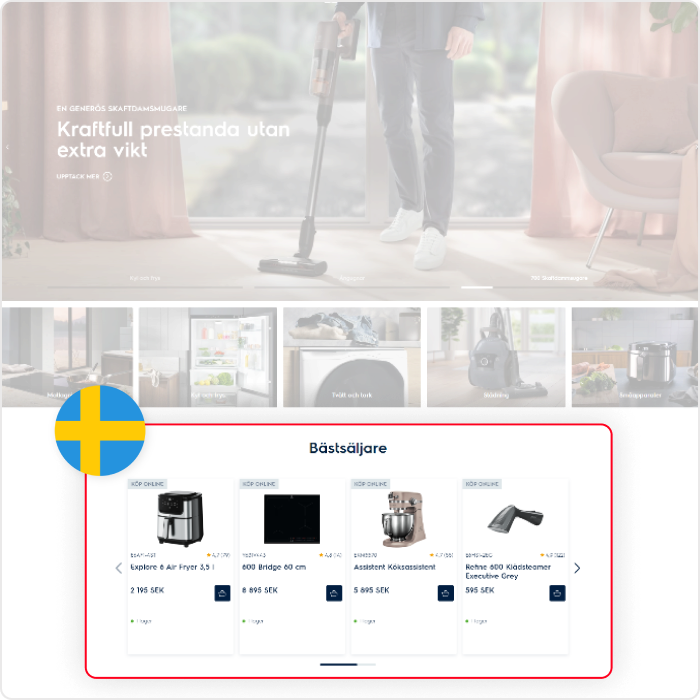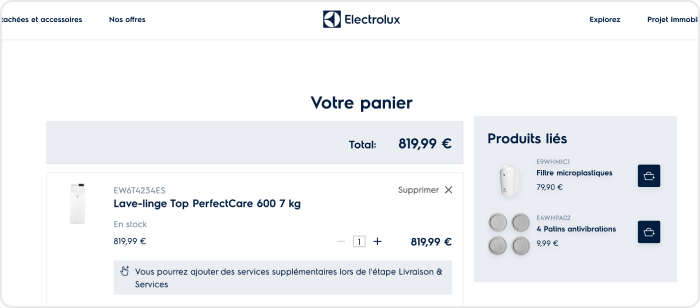Personalized journeys, global gains: Electrolux's 21-market success story
See how the world’s second-largest home appliance retailer used personalization to scale localized experiences across 63 domains and 21 markets for its 3 core brands: Electrolux, AEG, and Zanussi.
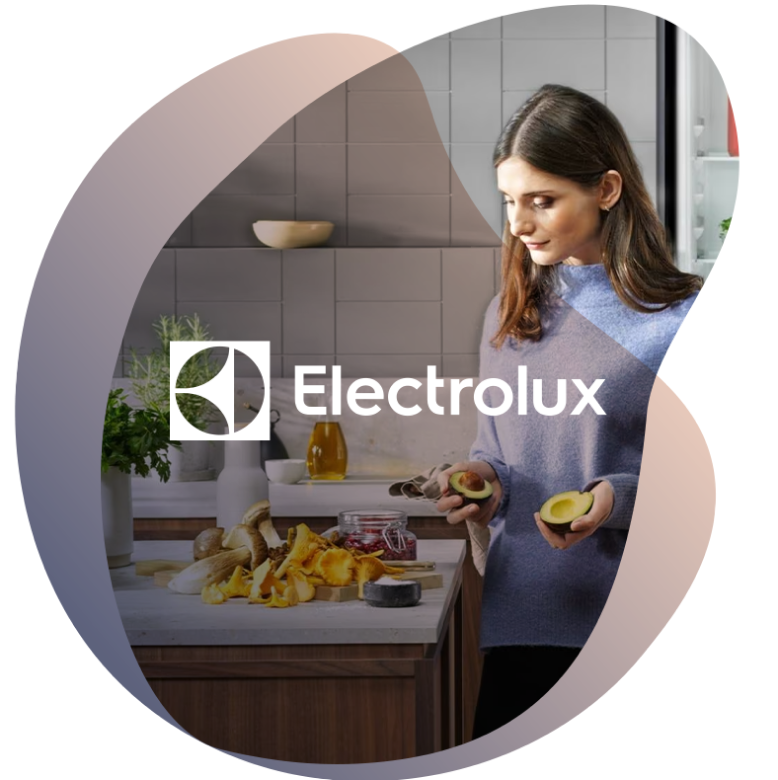
16% uplift in D2C revenue
generated by Dynamic Yield campaigns
21 markets, 16 languages
3 brands: Electrolux, AEG, and Zanussi
63 domains
displaying personalized content, each one executed from a single global campaign
+16% revenue
incrementally from users who are exposed to Dynamic Yield experiences
Introduction
Electrolux, one of the world’s largest and most recognizable home appliances manufacturers, sells appliances, spare parts, and accessories on separate sites for 6 globally recognized brands including AEG, Zanussi, Frigidaire, Westinghouse, and Anova. The company’s personalization journey began in 2020 with a limited rollout to three sites in Italy, Sweden, and Germany. However, the team soon realized the enormous potential for scalability with Dynamic Yield’s Experience OS, possible even with its small central team.
This central team rolled out a global program to personalize 63 domains, displaying products based on regional popularity and availability and seamlessly managing local discounts, currencies, and images for 3 of Electrolux’s brands in 21 markets and 6 languages. The ingenuity of Electrolux’s team structure also allows the brand to manage unique regional campaigns that address more nuanced, market-specific customer needs, driving incremental revenue.
“Dynamic Yield has allowed our team to achieve scalability in our customer experience optimization that we could have never imagined before. We’re able to run personalized, localized experiences across 63 domains and multiple brands, all without adding resources.”
– Marienza Benedetti, eCommerce Personalization and Growth Manager
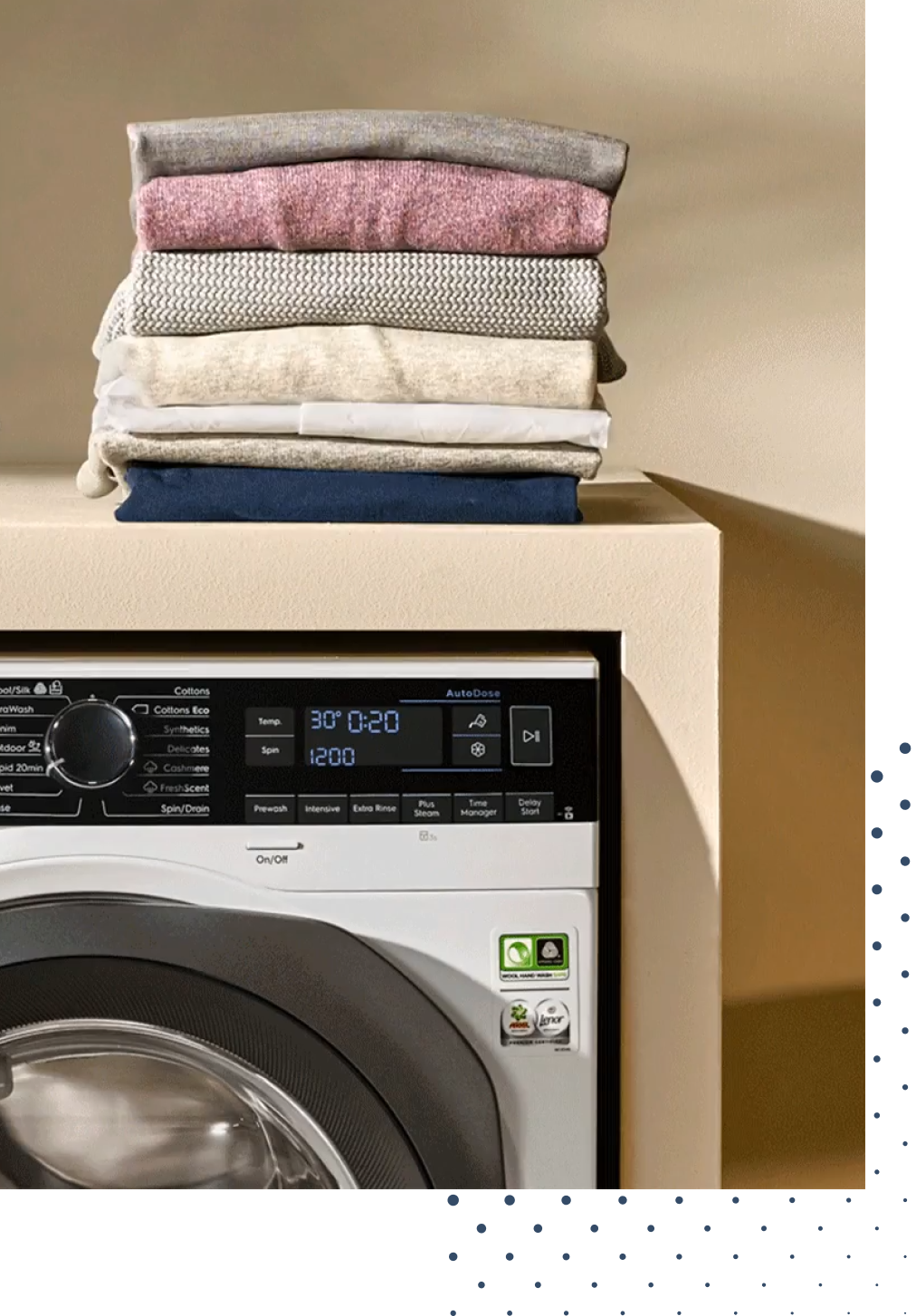
The Challenge
Maintaining authentic customer connections
With the size of Electrolux’s business, staying relevant to customers without losing efficiency and communication across worldwide teams and brands is challenging. Until the adoption of its personalization program, Electrolux’s ability to deploy meaningful personalized and localized experiences online was limited to the basics, manually managing product recommendations and their differences in language, currency, and local inventory.
But to truly speak to the customer, a business needs more than the basics. Price sensitivity, tendencies with behavior that relate back to cultural factors, and even the level of service a user expects on a page can all be traced back to regional differences — differences that are critical yet difficult to address at scale.
Electrolux leveraged Experience OS to deliver different experiences to 63 domains, 21 markets, and 3 brands with a single campaign, creating a scalable system that can be maintained by a central personalization team of only two people. This frees up regional teams to get more granular and address local customer pain points, all with the same tool. Below are some examples of how Electrolux has realized successful localization via its personalization program.
Early Execution
Achieving localized experiences from a single global campaign
Electrolux’s central personalization team uses global KPIs to identify which web experiences are valuable to deploy across all their brands. These include homepage recommendations, limited-time offer pop-ups, loyalty program nudges, and more. To deploy these key web experiences across all regions and brands, the team starts with a single campaign in Experience OS, then builds multi-language variations to hit the different locales, adjusting each variation for regionally-specific currency and targeting conditions.
The result is dozens of unique experiences, on multiple domains and brands, that run from a single, overarching campaign. This is both easy to maintain and allows the team to optimize for centrally-defined KPIs, without sacrificing awareness of the nuances of each brand and region.
These campaigns are possible because Electrolux ingested an enormous multi-language, multi-property product feed into Experience OS, a feed that contains thousands of items with over a hundred data attributes for each product. Dynamic Yield’s capability to ingest product feeds of this scale and complexity allows Electrolux to drive consistent and orchestrated experiences throughout all locales, taking into account product availability, prices, promotional offers, and more for 21 different markets.
Limited-time promotions with regional personalization
Electrolux has a “Product of the Month” promotion unique in every region. While this was a challenge to promote before personalization, now the team swaps out the promotions every month with a single, easily managed campaign. Here is an example of what the “Product of the Month” promotion looked like in Italy versus Norway:
Almost every element in the pop-up is adjusted for the region, including the product featured, the copy, language, currency, and size of the discount. This single campaign represents a sustainable way for the central personalization team to address different market needs, pushing key products at the right time, in the right region, for less work.
Loyalty program pop-ups by region
Another KPI for the central team was to encourage loyalty program sign-ups across all brands and regions. Historically, this was challenging because the website prompts involved different terms and language localization, and took frequent, manual updates to manage.
Now, the personalization team optimizes loyalty program sign-ups from a single call-to-action campaign. Here is what the end result looked like for non-members on the Electrolux site in Italy versus non-members on the AEG site in Poland:
Even though it was built from the same campaign with the same campaign structure, the CTA appeared with a different discount based on the local policies, different languages based on the region, and different styling depending on the brand.
Homepage recommendations for visitors with no product views
In this example, the team built a single campaign with the same algorithm (Most Popular) to show homepage recommendations that varied by region. Here is what the end result looked like for a first-time visitor in France versus a first-time visitor in Sweden:
The experiences account for regional differences, showing an AC in France (where it was more relevant for the time of year) versus an air fryer in Sweden. Additionally, different currencies, languages, and price points apply. Overall, this recommendation campaign delivered personalized suggestions, tailored to 63 different regions accounting for local preferences, on 63 site domains — automatically.
While the above example demonstrates Electrolux’s ability to scale a single recommendation campaign across 21 markets, it’s worth noting that the personalization team runs dozens of recommendation campaigns across all 63 of its domains. Recommendations are deployed on cart pages, product pages, and category pages, and can be scaled across markets or contained locally as the team desires. The team also uses different OOTB strategies, including deep learning recommendations and some customized logic unique to their business. For instance, Electrolux uses Dynamic Yield’s Bring Your Own Logic capability to recommend accessories for items in a user’s cart, scaled across most markets.
Electrolux added their logic to Dynamic Yield’s existing algorithms to display only accessories related to the items in the user’s cart. This was possible because of Electrolux’s intricate product feed, which contains over a hundred data points per item and enables the team to match accessories to products. By leveraging this feed in Experience OS with unique logic applied to Dynamic Yield’s cutting-edge algorithms, Electrolux can deliver accurate accessory recommendations at scale.
With the right tool and team structure, scalability knows no bounds
While the adoption of Dynamic Yield has empowered Electrolux with the right tool to execute localization at scale, it wouldn’t be successful without the ingenuity of the brand’s team structure. Electrolux splits the work between a two-person central personalization team, which oversees global KPIs and campaigns, and small regional teams, which brainstorm, pitch, and optimize for granular regional nuances.
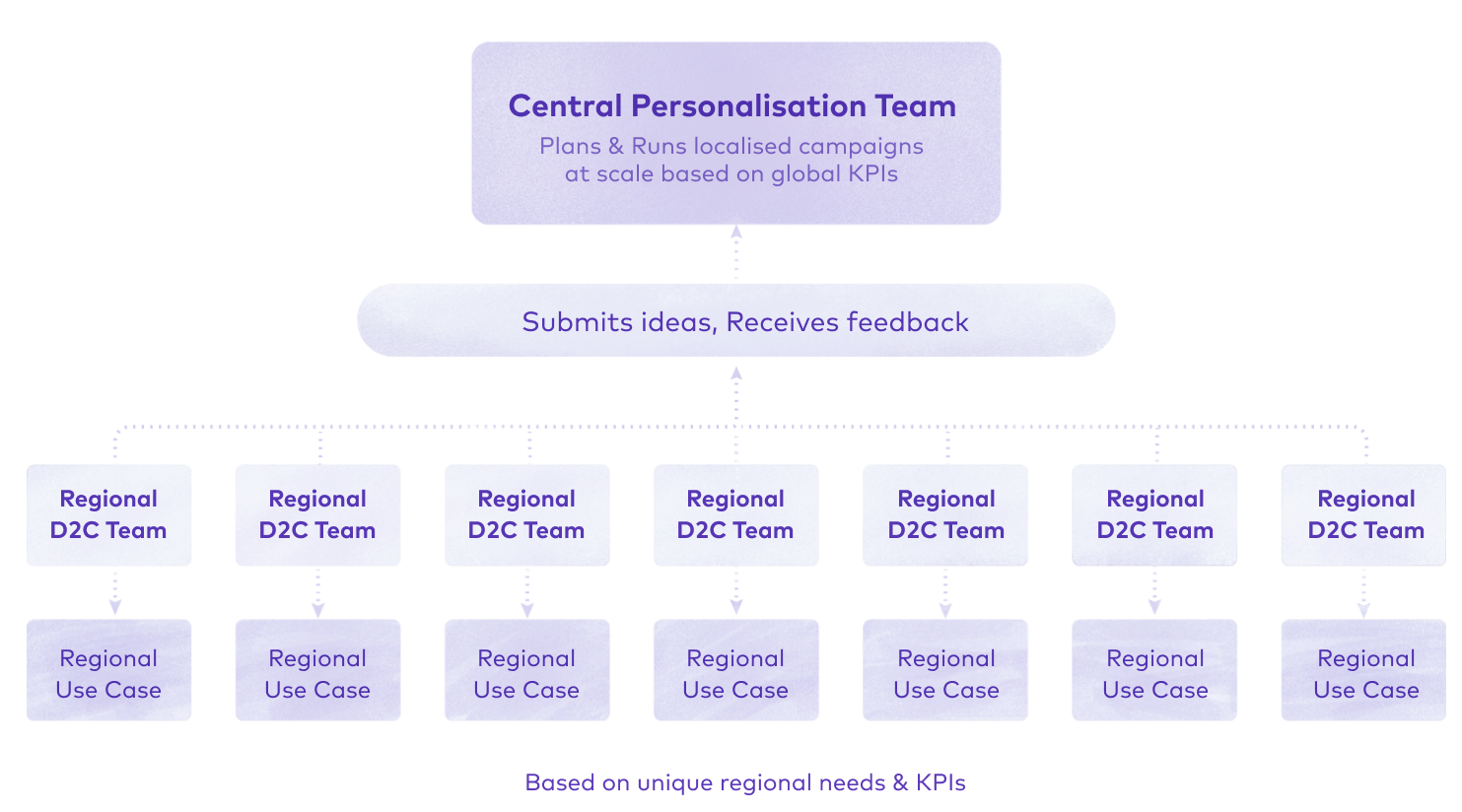
This structure has allowed Electrolux to optimize quickly despite its size, not just for universal campaigns such as homepage recommendations, but all the way down to regionally-nuanced experiences that demonstrate the brand understanding of pain points and expectations that vary for customers across the globe.
For example, the regional UK team observed that customers in this region were particularly frustrated by unclear express delivery times. So, the team deployed a campaign on the UK domains to deliver a personalized delivery date estimation based on the customer’s location, date, and time of purchase.
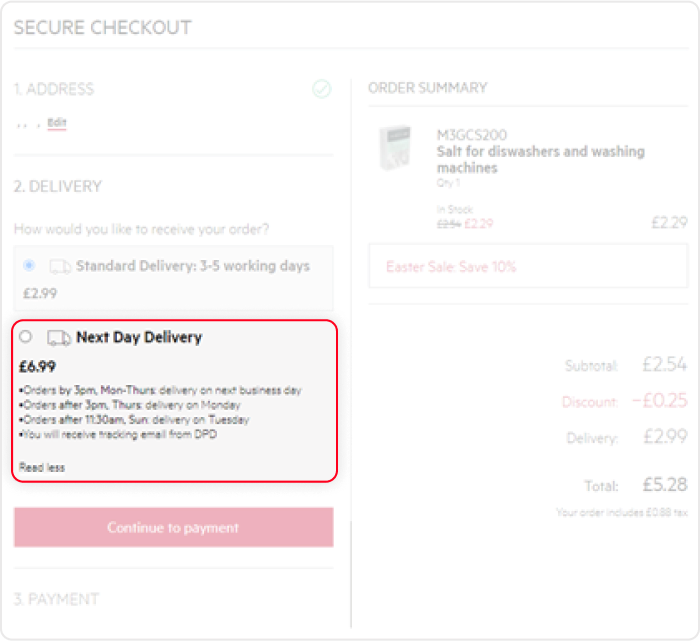
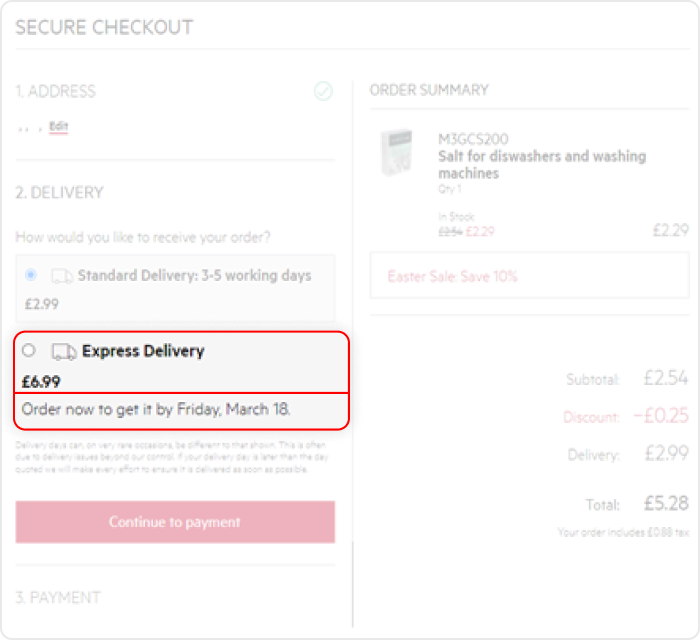
The personalized delivery estimate solved for this pain point and created an improved customer experience, something that was highly valued in the UK market. This campaign yielded an +8% revenue uplift when compared to the original experience.
In another example, the regional team in Italy observed that live customer support was important in the Italian market, especially for appliances with a high price point. So, they built a campaign promoting Electrolux’s order-by-phone service to appear on the PDPs of high-ticket items.

This campaign was particularly effective for paid traffic and supplemented advertising campaigns with increased support coverage for products with a high price point. As a result, the Italian region saw a +70% increase in sales via phone compared to prior months when the campaign was not live on PDPs.
Pushing the boundaries of personalization
Aside from Electrolux’s sophisticated localization program, the team continues to push the boundaries of personalization by introducing new channels. Electrolux recently leveraged triggered emails to re-engage visitors who had abandoned their cart, easily scaling this across brands, regions, and languages.
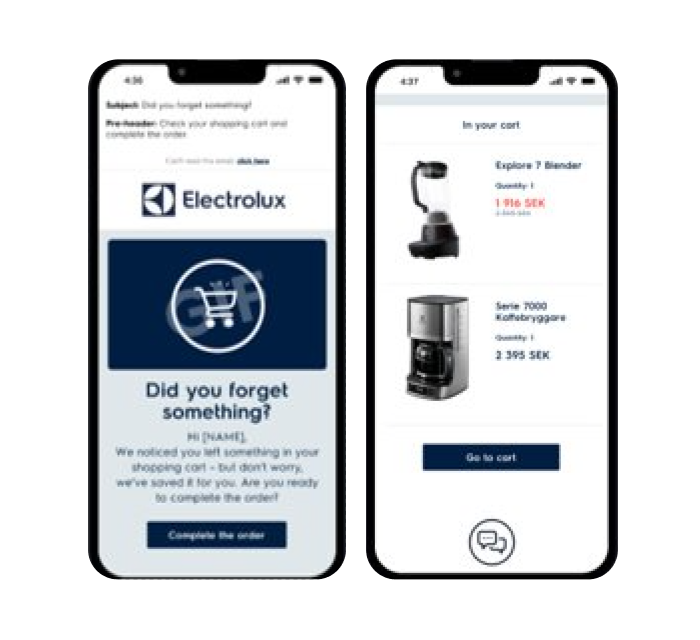
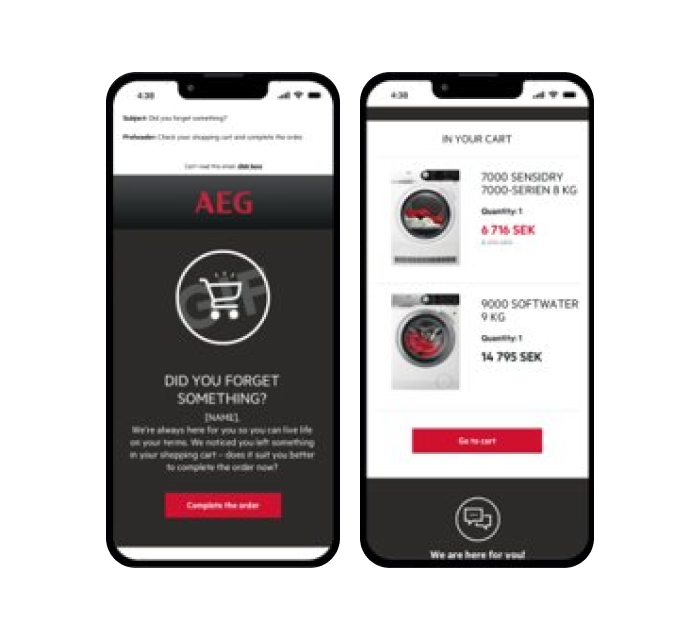
With Experience OS, Electrolux is able to seamlessly deliver personalized emails at key times, improving re-engagement and reducing churn.
The Key Takeaway
Personalization aims to demonstrate a clear understanding of the customer and remove friction in the shopping process. For a global brand the size of Electrolux, a critical component of personalization is localization. Getting regional nuances right, including details in language, pricing, offers, featured products, and content, all reflect the brand’s understanding of the customer and what they need.
Until the adoption of Dynamic Yield, localization at scale was manual and limited in its scope. Now, it is possible for Electrolux to maintain localized experiences and optimize and accelerate for critical KPIs, all with the same number of resources in place.
